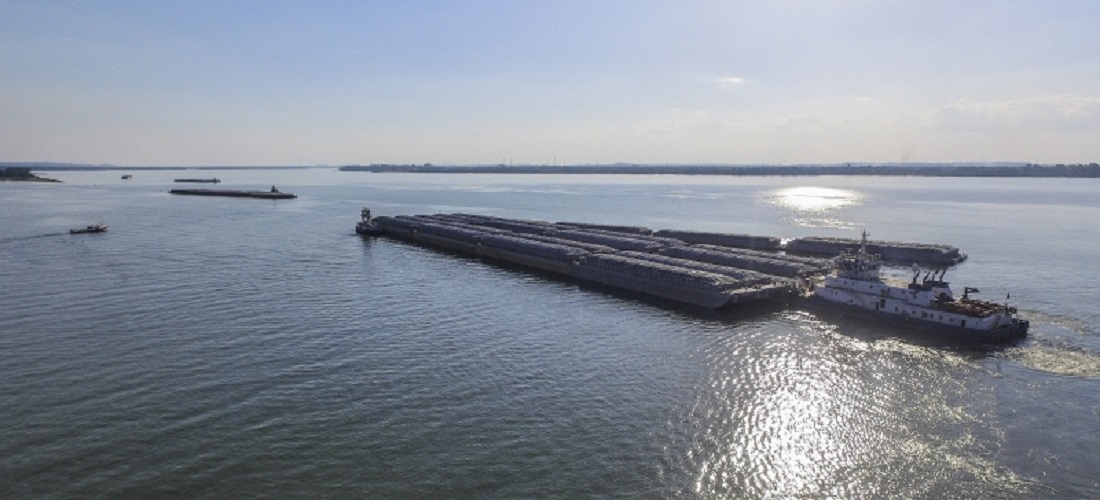
Amazonian Ports Report Record Grain Exports in 2023, Continued Growth in 2024
Jul, 22, 2024 Posted by Gabriel MalheirosWeek 202410
In 2023, Amazonian ports exported 51 million tons of grains, marking a 22% increase compared to 2022. This growth was driven by investments in technology and innovations. In the first four months of 2024 alone, 46 million tonnes of iron ore, 13 million tonnes of soybeans, and 2 million tonnes of corn were exported through the Amazon Arc, which includes the North region and the state of Maranhão.
A notable success case made possible by AMPORT was the Quiriri Canal monitoring project, which increased the draft from 11.50 to 13.90 meters without dredging or other significant environmental interventions. This was achieved by installing three climate-tidal monitoring stations, allowing larger ships with deeper drafts to navigate, thereby increasing cargo transport efficiency in the region.
This initiative allowed for a gradual increase in the draft over the years, reaching nearly 14 meters with a Clearance Below the Keel (CBK) of 1.50 meters. The project, which cost approximately R$6 million, was executed by Hidrovias do Brasil S/A, Hydro Alunorte, TGPM – Grain Terminal Ponta da Montanha, and Navegação Unidas Tapajós – Unitapajós.
In 2022, the bulk carrier MV Harvest Frost set a record by loading 84,802 tons of soybeans at TGPM, the largest volume ever shipped from Brazil’s Northern Region. This volume could have been even greater if the port had accommodated ships with a 13.90-meter draft. Comparatively, the largest vegetable bulk terminal in Europe has a draft of 13.00 meters, highlighting the competitiveness of Amazon Arc ports.
Another key solution unlocked by AMPORT is the automatic monitoring system (AIS) used to track vessels using an “A” signal in Pará. This system, donated to the Brazilian Navy, allows for 24-hour monitoring of large ships, ensuring greater safety for smaller and passenger vessels in the area.
Innovative Solutions
With the sector’s growth in the region, Floating Transshipment Stations have emerged as a versatile and economical alternative, especially given the lack of land with port potential along the riverbanks. These floating stations have set movement records, with companies like Mega Logística and Transportes Bertolini operating three stations each in the Amazon Arc. In 2023, these stations moved approximately 6.4 million tons of solid vegetable bulk, with promising forecasts for 2024.
Hidrovias do Brasil’s pusher HB Poraquê was recently recognized as the best vessel in the world in the “Medium Pusher” category by Work Boat World magazine, outperforming over 400 vessels from other countries. The HB Poraquê, the first pusher with a hybrid propulsion system, emits significantly fewer pollutants, reduces operational costs, and decreases reliance on petroleum-derived fuels, thereby enhancing port operations.
-
Ports and Terminals
Apr, 09, 2024
0
Chancay Megaport: Construction Progressing as Planned
-
Ports and Terminals
Mar, 16, 2021
0
Itajaí and Navegantes Port Complex receives new dredger
-
Ports and Terminals
Oct, 24, 2024
0
Porto Itapoá has achieved another milestone for the amount of cargo handled – 1 million TEUs in 10 months
-
Ports and Terminals
May, 25, 2021
0
Government releases vaccines for Port of Santos workers



